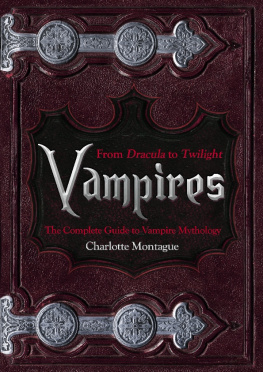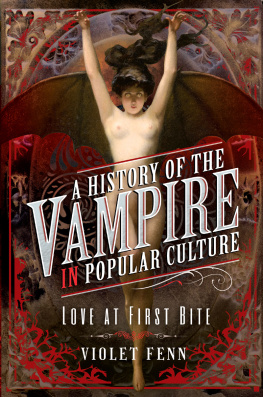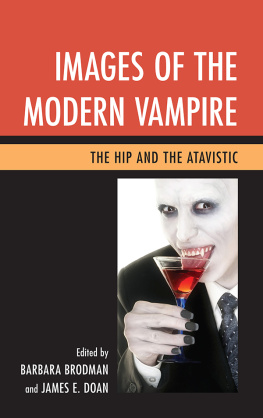
First published in 2014 by Weiser Books
Red Wheel/Weiser, LLC
With offices at:
665 Third Street, Suite 400
San Francisco, CA 94107
www.redwheelweiser.com
Copyright 2014 by Margot Adler
All rights reserved. No part of this publication may be reproduced or transmitted in any form or by any means, electronic or mechanical, including photocopying, recording, or by any information storage and retrieval system, without permission in writing from Red Wheel/Weiser, LLC. Reviewers may quote brief passages.
ISBN: 978-1-57863-560-3
Library of Congress Cataloging-in-Publication Data available upon request.
Cover design by Jim Warner
Cover photograph shutterstock / locote
Interior by Kathryn Sky-Peck
Typeset in Adobe Garamond
Printed on acid-free paper in the United States of America.
EBM
10 9 8 7 6 5 4 3 2 1
The paper used in this publication meets the minimum requirements of the American National Standard for Information SciencesPermanence of Paper for Printed Library Materials Z39.48-1992 (R1997).
www.redwheelweiser.com
www.redwheelweiser.com/newsletter
CONTENTS
Part One:
Mirror, Mirror
Part Two:
Margot's Annotated Bibliography of Vampire Fiction
PREFACE
VAMPIRES! WHY VAMPIRES, you ask? As you will see, once you join me on this strange journey, vampires have always been a metaphor for our fears and concerns, or, as the author Nina Auerbach wrote, Every age embraces the vampire it needs.
Vampires have been used as a metaphor by everyone from Voltaire to Karl Marx. Bram Stoker's Dracula, for example, spoke to the late 19th century's fears of disease and immigration. So what fears and concerns does our current obsession with vampires reveal? What do the popular vampires on television and in novels say about us?
I started this four-year obsession as a meditation on mortality as my husband lay dying of cancer, but I later wandered away from that initial idea onto very different pathways. Besides mortality and immortality, I've been looking at issues of power, sensuality, identity, spirituality, and the environment. And believe it or not, our current crop of vampires has a lot to say about all these issues.
Some of you will pick up this book because you have always been fascinated by vampires; perhaps secretly as a teenager you wanted to be one; perhaps you still do. Others of you will pick up this book because you are curious how a person well-known in both the news media and contemporary Pagan circles, someone with a reasonably intellectual reputation, could be writing on such a frivolous and crazy subject. Hopefully you will be surprised.
Over the last several years I have given a shortened version of these ideas as a sermon in a number of churches. A longer version has been published as an essay, and I have given many talks and presentations. You want the basic idea? The short version goes like this:
Vampires are us. We are as guilt ridden and conflicted over our poisoned relationship to the planet and our continued need for fossil fuels as any of the morally struggling and conflicted vampires we see on television or read about in novels are conflicted over their need for blood.
Most of our current vampires are conflicted, and this notion of the struggling-to-be-moral, conflicted vampire really got traction in the late 1960s, at the moment we first saw pictures of the Earth from space and realized our vulnerability and moral complicity.
The first part of this book is the essay that fleshes out these ideas. The second part takes a look at all the books I read during my four-year obsession. They belong to almost every literary genrefrom detective fiction to romance, from science fiction to graphic novels, comingof-age novels, alternate history, and much more. But most people are unaware of this because elite culture disparages genre fiction altogether, so the typical response when I say I've read more than 270 vampire novels is There are 270 vampire novels? There are actually thousands. So I admit to making an attack on elite literary culture here. I include a summary of almost all the books I came across in four years, and a listing of the best dozen or so, if you want to dip in. I confess that although I do name a number of classics, many novels are more recent, written at the time of our current attraction to vampires.
Lastly, I had a great deal of fun writing this, and reading all these books, even those I wanted to throw across the room! Perhaps I am more accommodating than most, but there were only about 20 out of the 270-plus that I found had absolutely no redeeming value. So, even if you disagree with my thesis, have fun with all this. I did.
PART ONE
Mirror, Mirror
In 1966, Stewart Brand, who went on to publish The Whole Earth Catalog, and later founded the Wellarguably the first online community gathering placethe Global Business Network, and other organizations, took an acid trip. You may wonder what Brand's acid trip has to do with vampires and with the question, why do vampires have such traction in our culture now? But just hold on.
Brand gives this account in a 1976 book, The Sixties. He was twenty-eight years old and sitting on a rooftop in San Francisco looking out at the horizon. And he remembered something he had heard in a lecture by the architect and futurist Buckminster Fuller, that people perceived the Earth as flat and infinite, and that was the root of all their misbehavior. Looking at the horizon from the rooftop, and being stoned out of his head, Brand could suddenly see that the Earth was curved. He could think it and feel it.
He suddenly thought that if there was a photograph of the Earth from space, no one would see the planet in the same way. So he printed up several hundred buttons and posters. He thought hard about what phrase to use and finally chose this: Why haven't we seen a photograph of the whole Earth yet? It was at the beginning of the Apollo program. He sent the buttons to NASA officials, to members of Congress, to UN and American diplomats, to Soviet scientists, and to people like Marshall McLuhan and Buckminster Fuller.
In fact, there were already a couple of photographs of the whole Earth from space, although not very good ones. They were photographs from satellites, and in black and white. It would take a good color photograph to have real impact. It would take another two years and Apollo 8 before a NASA photographer would give us that picture, now so famous and often called Earthrise. And it would take a few more years until the blue marble picture of the Earth was published, becoming perhaps the most reproduced photograph in the world. After he saw the Earthrise picture in 1968, Brand would say that the image showed the Earth as an island, surrounded by a lot of inhospitable space. And it's so graphic, this little blue, white, green and brown jewel-like icon amongst a quite featureless black vacuum. So, hold that image of the Earth in the back of your mind as we go on a very strange journey. It starts with death.
MORTALITY
TO BE HONEST, I had never been very interested in vampires. I had read Anne Rice's Interview with the Vampire, and perhaps The Vampire Lestat, and, being a friend of Whitley Strieber, I had read The Hunger and loved that most sensual 1983 film with Susan Sarandon, David Bowie, and Catherine Deneuve. But the subject of vampires didn't particularly interest me.
In May of 2009, in a New York airport, right before taking a plane to a conference in Florida, I wanted to pick up a trashy novel, so I bought the first Twilight Saga novel in the airport and I read the second one on the plane ride home. It probably would have ended right there. But ten days after I returned from that conference in May, my world turned upside down. My husband, and life partner of thirty-five years, was diagnosed with terminal stomach cancer. And he was the healthiest man I knew.
Next page













